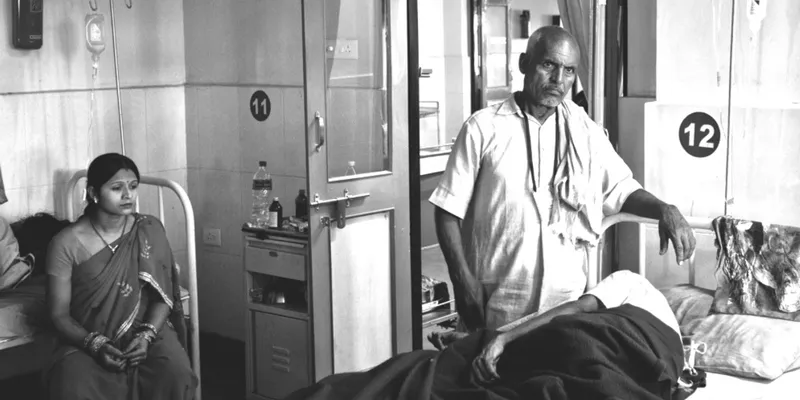In India, terminally ill now have the right to die with dignity
India's top court has allowed individuals to create a ‘living will’, which will permit medical professionals to withdraw life-support systems under certain circumstances.

In a landmark ruling, the Supreme Court has ruled that individuals have the right to die with dignity, and has allowed passive euthanasia with guidelines. The apex court has said that an individual could make an advance “living will” that would authorise passive euthanasia under certain circumstances.
The five-judge Constitution Bench, headed by Chief Justice Dipak Misra, said the living will can authorise the withdrawal of life-support system if the individual reached an irreversible stage of terminal illness in the medical view. The judgment decreed that passive euthanasia is legal and valid across the country.
India’s top court delivered its verdict on a public interest litigation filed in 2005 by an NGO called Common Cause - to allow terminally-ill patients to “die with dignity” - and argued by lawyer Prashant Bhushan.
Euthanasia has multiple and complex legal, ethical, and emotional ramifications. Different counties have evolved different treatments of these factors when it comes to legality of passive euthanasia.
The verdict was delivered by a bench comprising Chief Justice Dipak Mishra, Justices AK Sikri, AM Khanwilkar, DY Chandrachud, and Ashok Bhushanin.
Delivering the judgement, Justice Chandrachud said, “Life and death are inseparable. Every moment our bodies undergo change… life is not disconnected from death. Dying is a part of the process of living.”
The judgment led to a flurry of reactions across India.
Rohan Mahajan, Founder of online legal platform LawRato, said, “Now a person suffering from coma or permanent vegetative state will have a choice to decide whether s/he wants to die or sustain through medical treatment.”
Parliamentarian Baijayant Jay Panda, who moved a Private Members Bill regarding passive euthanasia in 2016, told YourStory, “I’ve long supported the right of terminally ill patients to die with dignity, should they wish to, instead of lingering on in pain.”
However, before we understand what the judgment implies for the common man, it is imperative to understand the concept of passive euthanasia and living will.
Passive vs active
Passive euthanasia is a condition where there is a withdrawal of the medical treatment to expedite death of a terminally ill patient. It differs from active euthanasia, which means killing a person through the use of lethal substance or force.
A living will is a written legal document by way of which a patient can categorically give consent in advance about the medical treatment s/he will be undergoing. Through the living will, s/he can choose to not opt for medical treatment if in a coma or permanent vegetative state. Living will is an advance directive that allows people to decide in advance whether or not they want to be put on life support in cases of terminal illness.
As a safeguard measure, the court further stated that if a person is not of sound mind and not competent to make a living will, a medical board would decide for the individual.
“To decrease the misuse the court has said that making of living will be allowed only after getting certification from a medical authority that the patient’s comatose state is irreversible,” Rohan added.
Meena Ganesh, MD and CEO of Portea Medical, says, "Forcing someone to remain on life-support can be very difficult and the increasing costs of stay and care compound the situation. Thus, this decision by the SC needs to be applauded. "
The Aruna Shanbaug case
In India, passive euthanasia was termed legal under exceptional circumstances. The debate around the need change euthanasia laws in India was triggered by the Aruna Shanbaug case.
Shanbuag, a nurse, was left in a vegetative state after she was raped and strangled in 1973 at the hospital where she worked. In 2009, journalist and rights activist Pinki Virani filed a case before Supreme Court, seeking that Shanbaug be allowed to die.
In March 2011, the court rejected the plea for Shanbaug since the Centre opposed the recognition of living will. However, the court issued a set of broad guidelines for legalising passive euthanasia in India.
“In the Aruna Shanbaug case, passive euthanasia was allowed in rarest-of-rare cases but no recognition was given to living will,” Rohan added.
The passing of the 2018 verdict gains precedence for the Supreme Court has postulated a mechanism for passive euthanasia by allowing people to have a living will.
The five-judge bench held that “right to die” peacefully is a part of fundamental right to life as enshrined under Article 21 of Constitution of India.
“Dying is a part of the living process and hence a part of Article 21. Right to die in peace cannot be separated from Right to Life,” Rohan said.







